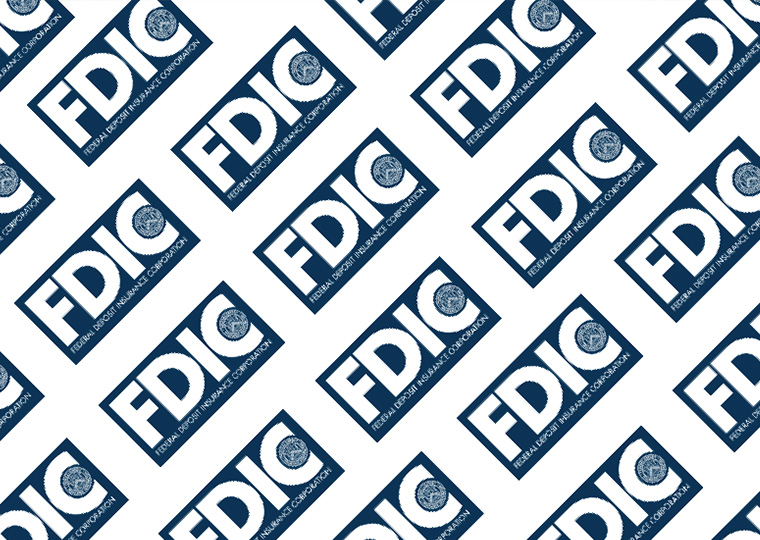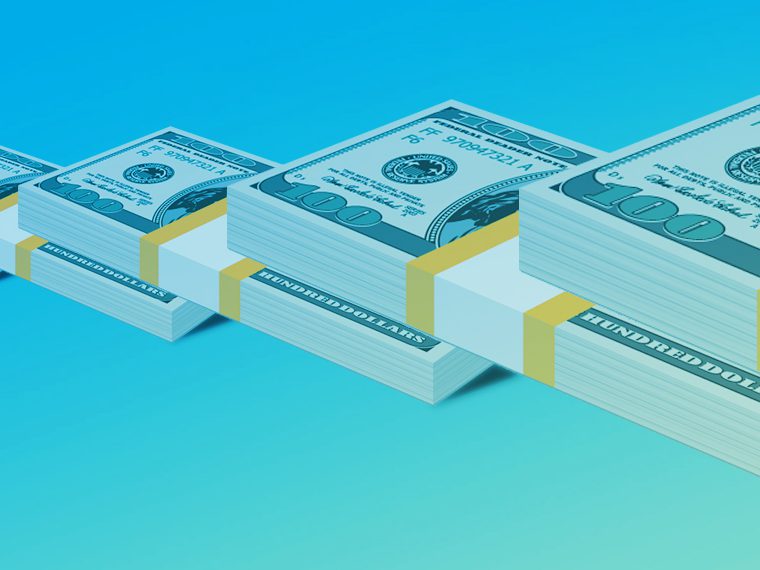Banks know you won’t do the math: Even after a penalty for early withdrawal, the longer-term CD often nets out to a better deal
The sustained rise in the federal funds interest rate that began in 2022 to combat inflation has delivered a fresh playing field for researchers. For nearly 15 years, consumers had little incentive to shop around for the highest yielding savings rates, as the Federal Reserve’s zero interest rate policy effectively meant your choices were to earn nothing, or 25 basis points more than nothing.
As the Fed moved its target rate off of zero to more than 5% by the summer of 2023 — recent easing has brought the rate down to a still robust 4.8% — there’s now plenty of incentive for consumers to optimize what they earn on bank deposits. And that gives researchers a real-world dataset to study the interplay of bank rate-setting strategy and consumer financial behavior.
University of Delaware’s Matthias Fleckenstein and UCLA Anderson’s Francis A. Longstaff, in a National Bureau of Economic Research working paper, show that many banks have strategically outwitted consumers for years, effectively offering lower savings yields to customers who don’t realize the same bank offers a better deal. The recent period, which made it worth customers’ effort to optimize their interest income, is no exception.
A Lot of Numbers to Think About
Now that it’s possible to earn more than the rate of inflation on safe savings, consumers can lock in inflation-beating gains with certificates of deposit. The longer a CD term, the more interest it pays on average; a five-year CD pays more interest than a two-year, which pays more than a 12-month. There’s a catch, of course. If you want to pull out your money before a CD has matured, you’re going to be charged an early withdrawal penalty.
For a 12-month CD, the typical early withdrawal penalty is about three months of interest. For a two-year CD the penalty is around six months. Pull money from a five-year CD before it reaches maturing and you will forgo about 8.5 months of interest.
Fleckenstein and Longstaff built a database of the CD offerings at nearly 17,000 bank branches and banks from 2001 through June 2023. They looked at each branch’s lineup of different CDs on a weekly basis and calculated whether the interplay of yield and withdrawal penalty for CDs with different terms (length to maturity) was effectively neutral, or if there was some embedded advantage for one term length over another.
For instance, if pricing is consistent, the cash flow on a two-year CD after one year (assuming the money is withdrawn and the withdrawal penalty is paid) should be the same as the cash flow earned on a one-year CD when it matures.
But that’s not how it often plays out. Fleckenstein and Longstaff demonstrate that the offerings at more than half of banks over their entire study period effectively offered a better deal on longer-term CDs. Even after paying the listed early withdrawal penalty on a longer-term CD, customers would, on average, pocket more interest than they would by choosing the shorter-term CD with the lower yield.
A Sophisticated Strategy, Unsophisticated Customers
The researchers frame this as evidence that banks are able to take advantage of “unsophisticated” investors by offering lower yields than would be necessary if customers did the math themselves. And they cite the persistency of this practice at many banks as evidence it is a feature, not a bug. Those lower yields are a profitable strategy. (Calculators to help sort this out exist.)
Interestingly, this inconsistent pricing was most prevalent from 2011-2017 — CD rates were abysmally low — when more than 80% of banks engaged in such inconsistent pricing. In 2022 more than half of banks were still exploiting inconsistent pricing of CDs, and by 2023 that was down to 33%.
The magnitude of the embedded rate advantage to go longer at banks with inconsistent pricing has hovered between 20 and 30 basis points for the past 20-plus years. After dipping to a low of 7.5 basis points in 2021, the potential payoff to go longer (even in the face of a higher withdrawal penalty) was near 26 basis points as of June 2023 among banks that had inconsistent pricing. That, in academic terms, is significant.
The authors show that banks utilizing this inconsistent pricing tend to serve an older and less educated customer base, again suggesting it is a strategy, not some oversight. It is also more prevalent at bigger banks — and at larger banks in areas with higher median income.
While that would seem to imply that wealthier households are not immune from being strategically played, recent research UCLA Anderson’s Andrea Eisfeldt collaborated on offers another possibility: Customers at big banks seem to put up with subpar rates as the price of doing business with a bank that offers valuable tech-related services such as online banking and apps and copious ATMs. Maybe they’re not just unsophisticated (or not unsophisticated), but humans making plausible trade-offs and succumbing to the human foible of inertia.
Regardless, banks profit by strategically deploying inconsistent CD pricing.
Featured Faculty
-
Francis Longstaff
Distinguished Professor of Finance; Allstate Chair in Insurance and Finance, Area Chair
About the Research
Fleckenstein, M., & Longstaff, F.A. (2024). Financial Sophistication and Bank Market Power (No. w33049). National Bureau of Economic Research.







